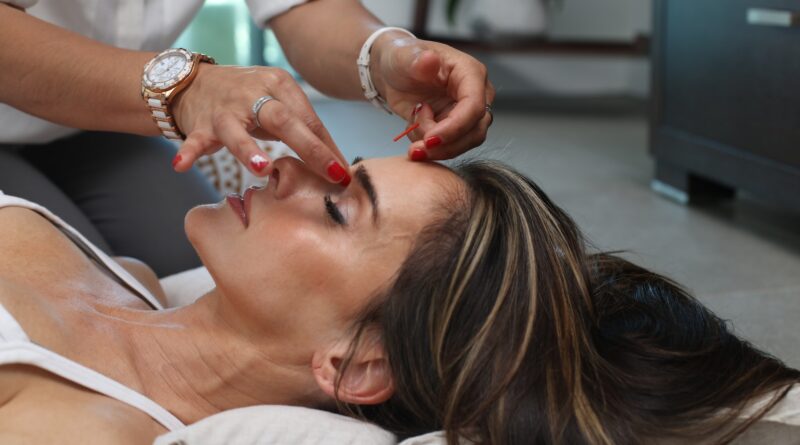Say Goodbye to Scars: A Step-by-Step Guide to Post-Surgery Scar Management
Scarring is part of the healing process, but with proper management, we can reduce their appearance.
Here’s our step-by-step guide on managing post-surgery scars effectively so that you can reduce scars after rhinoplasty or from a nasty cut or fall (and everything in between).
Whatever it might be, read on to see how we can help!
1. Follow your surgeon’s directions precisely
The first step in managing post-surgery scarring is to follow your surgeon’s orders. They will give specific post-operative care instructions to help your incision heal properly and avoid infection, which could worsen scarring over time. One of the recommendations your surgeon might give you is to keep wounds clean and dry after your procedure, as this will reduce scarring risks significantly.
2. Use silicone gel or sheets
Silicone gel or sheets can help diminish scars by hydrating scar tissue and administering a protective barrier to protect the tissue from bacterial infection. This will therefore alleviate redness and itching. Remember, when applying silicone, you should make sure your skin is clean and dry prior to application. You can wear silicone sheets up to 24 hours daily; for best results use them for at least several weeks at once.
3. Massage the scar
Massaging scars is another effective way to lessen their appearance, helping break down scar tissue while increasing circulation to promote healing. Prior to massaging a scar, it’s essential that the incision has completely healed, as you may risk re-opening the wound by touching it too soon. Use a massage oil or cream such as Derma E for this massage and reduce friction to increase its effectiveness.
Vitamin E oil is another effective natural way of diminishing scars by improving skin elasticity and helping prevent scar tissue formation. However, before applying vitamin E oil directly onto an incision site or scar, ensure it has completely healed- then continue applying the oil regularly over several weeks for maximum effect.
4. Protect the scar from direct sunlight
UV rays can exacerbate scars, so it’s crucial to protect them from the sun. If the incision site is exposed to direct sunlight, apply sunscreen with at least an SPF30 rating, as well as cover it up when possible with clothing or bandaging. For example, you can wear protective clothing such as wide-brim hats to provide extra shielding against damaging sun rays.
5. Manage scarring by keeping the area moist
Keeping your skin hydrated after surgery is vital, as dry skin can contribute to scarring. The use of fragrance-free moisturizer is one way to keep an incision well hydrated. Apply this after cleansing your skin; then allow it to absorb into the skin before applying the dressing. Avoid soaps or creams containing alcohol or fragrances as these could irritate or further scar the incision area.
Moisturizing an area after incision may also help relieve itching and discomfort that leads to scratching, leading to further scarring damage. If an incision lies near an active joint such as the knee or elbow, use a moisturizer designed specifically to combat extra dry or cracked skin as these areas tend to experience more significant dryness than others.
Finally, be consistent in applying moisturizing cream as directed and refrain from touching or picking at it to protect it further from further damage. Should any signs of infection such as redness, swelling, or pus appear within 24 hours you should notify your surgeon immediately.
6. Consider professional treatments
If your scarring is severe, professional treatments like laser therapy and microdermabrasion could provide relief. Both of these procedures work by gently exfoliating away top layers of skin while stimulating collagen production – helping reduce scar appearance in return. Before seeking professional assistance make sure you choose a trustworthy specialist and are informed of any potential risks of the treatment.
Conclusion
In conclusion, scar management post-surgery is essential to ensure your satisfaction with the results. By employing scar management techniques, including following your surgeon’s instructions, utilizing silicone gel, and massaging your scars regularly, you can minimize their appearance and achieve excellent outcomes. Be patient in implementing your scar treatment routine; don’t be reluctant to seek professional advice when necessary!



